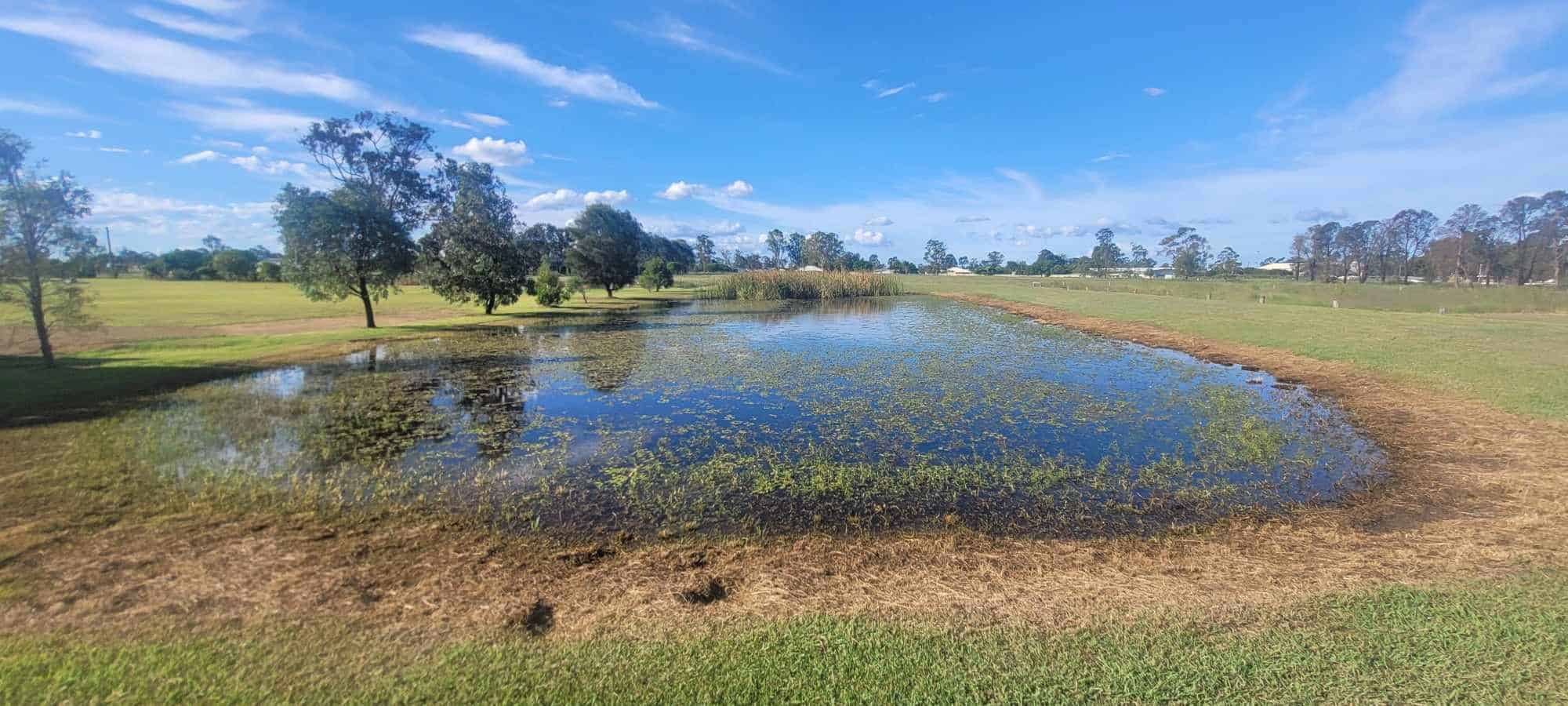
Algae: Winter Prevention for Summer Gains
It can be hard to treat a problem that you can’t see. Most commonly aquatic problems are treated symptomatically, leaving the root cause untouched to cause havoc again.
Prevention is all about reducing the risks and costs later down the line. Notice how in summer you’re usually much more active than you are during the colder months? The same can be said for other organisms such as aquatic plants and algae.
The warmth provided by the sun heats up all those microscopic particles that emanate life. Everything begins to bustle and bloom and busy themselves. This is when you are most likely to encounter problems like “toxic algal blooms” and an overgrowth of aquatic plant life. Your manicured dam now looks like a giant herbivore regurgitated its breakfast all over it.
You ready your battle stations and begin to attack the intruders head on. For some of you, it’s not as important, but for those whose livelihoods depend on this water source being clean and healthy, it’s a nightmare.
Summer are the months where water is valued most and ironically it is also the time where the most problems are to be encountered. Some of you triumph through summer, while others lose the battle. By the time winter rolls around, you are sheltered in relief as your problems seem to solve themselves…only to re-enter the battle field as soon as the temperature rises above 16 degrees Celsius.
People like instant results. They like seeing that something has worked immediately. This is why it can be hard to get into the mindset of prevention over symptomatic treatment.
A common cause for prolific algal blooms and excessive aquatic plant growth is an excess in phosphorus, a dominant food source for algae. Although phosphorus naturally occurs in the environment, Australian soil is quite low in phosphorus, so our native plants have adapted to life with small amounts, so when phosphorus is added into a system through both urban and agricultural practices, you can see aquatic plants and algae growth double over night. Why this activity is more dominant during warmer months is caused by higher rates of photosynthetic activity due to increased light exposure and warmer temperatures (increase biological activity). Higher evaporation rates lead to a higher concentration of nutrients which equals more food availability and ultimately increased growth rates.
Phoslock is a product designed to trap the excess phosphorus rendering it unavailable for uptake. By doing this, you greatly reduce the likelihood of an algal bloom or an unwanted increase in aquatic plant growth.
This prevention method will save you time and money down the track, especially during the warmer months when biological activity is at its peak.
You can read more about Phoslock here.




